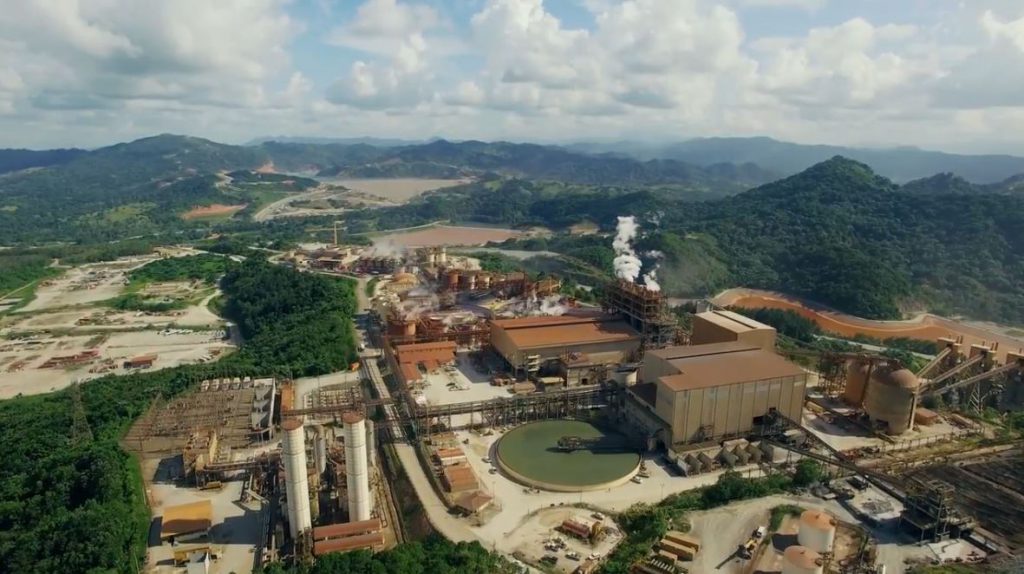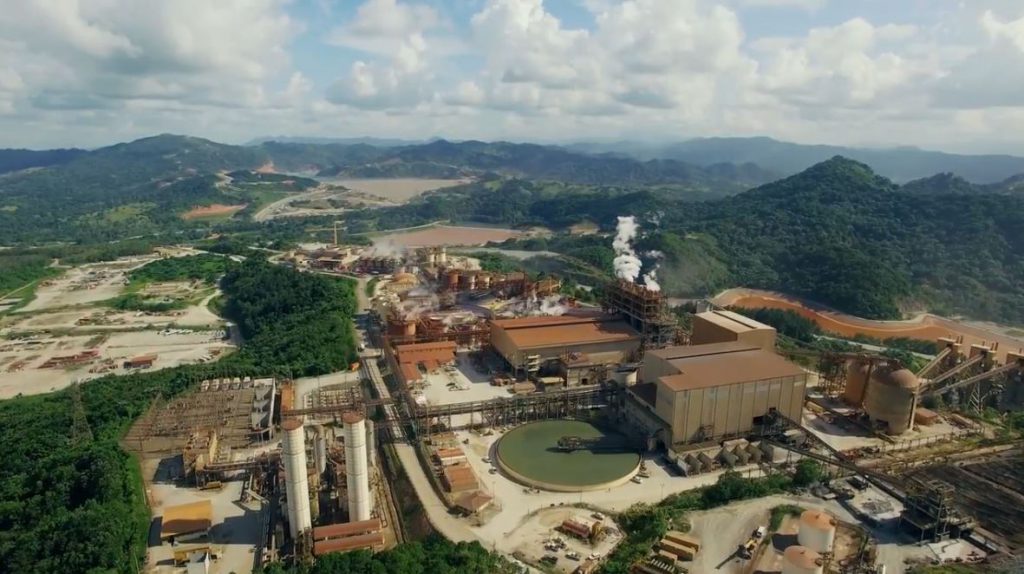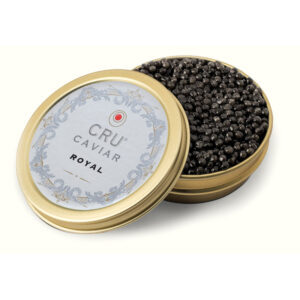
Pueblo Viejo joint venture. (Image: Barrick Gold)
Barrick Gold (TSX: ABX; NYSE: GOLD) grew attributable proven and probable gold reserves by 6.7 million oz. (net of depletion) in 2022. Using a $1,300/oz. price, reserves now stand at 76 million oz. of gold. In 2021, reserves were 69 million oz. using a $1,200/oz. price.
The largest increase occurred at Pueblo Viejo, where the completed prefeasibility study for the new Naranjo tailings storage facility added 6.5 million oz. of gold reserves. Mine life will be extended beyond 2040 and as a result, the 2022 reserves for the region increased to 27 million oz. from 21 million oz. in 2021.
Sign Up for the Copper Digest
Barrick’s profile as a copper producer is also growing. Exploration at the Lumwana and Jabal Sayid mines added 640 million lb. of copper to proven and probable reserves in 2022, notwithstanding an increase in the annual price to $3.00/lb. copper. This rise effectively doubled copper reserves to 12 billion lb.
When all was tallied at the end of 2022, Barrick had gold reserves of 1.4 billion tonnes grading 1.67 g/t gold (76 million contained oz.), copper reserves of 1.5 billion tonnes grading 0.38% copper (12 million contained lb.), and silver reserves of 980 million tonnes at 5.39 g/t silver (170 million oz.).
President and CEO Mark Bristow said in a sector of diminishing reserves and resources, Barrick’s strategy of investing in organic growth through exploration and mineral resource management has replenished and delivered significant value within the company’s asset base.
“While we continue to evaluate all new opportunities against our strategic filters, we have always believed that finding our ounces is better than buying them, and this year’s resource and reserve statement showcases the unmatched potential of our organic growth pipeline,” Bristow said in a statement.
The company counts 150 million oz. of gold, 38 billion lb. of copper, and 990 million oz. of silver in measured and indicated resources.
“The substantial growth in our mineral resources lays the long-term foundation to potentially grow our current attributable production profile of approximately 5.5 million gold-equivalent oz. per year to approximately 6.5 million gold-equivalent oz. per year by the end of this decade, which would include production from Reko Diq and the Lumwana super pit,” said mineral resource management and evaluation executive Simon Bottoms.

